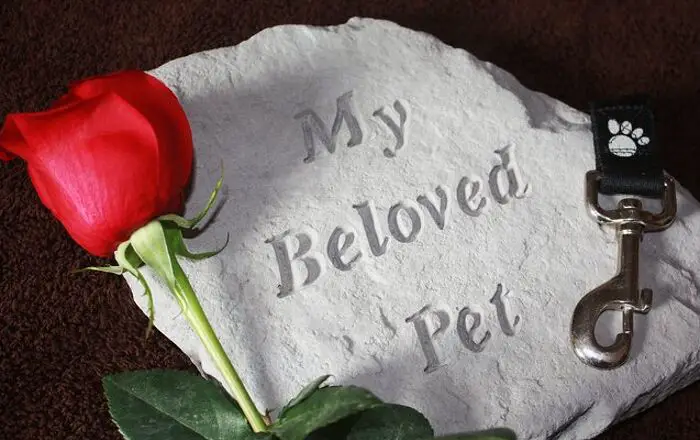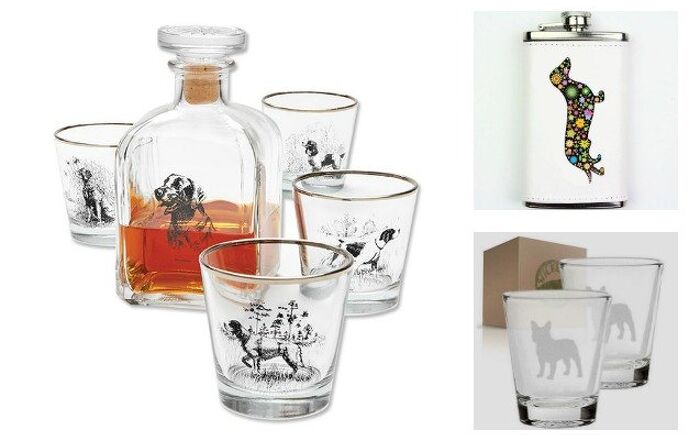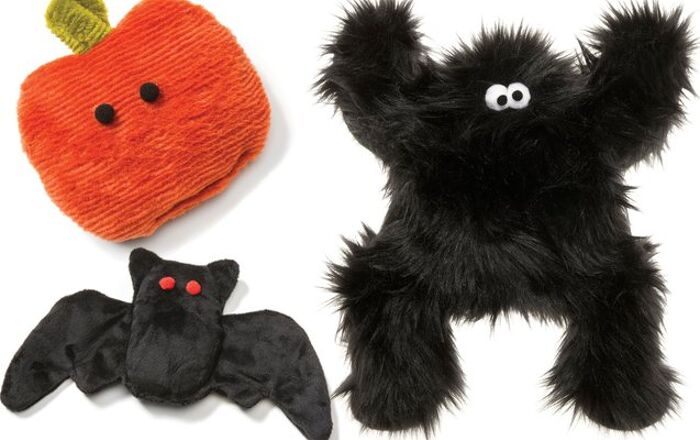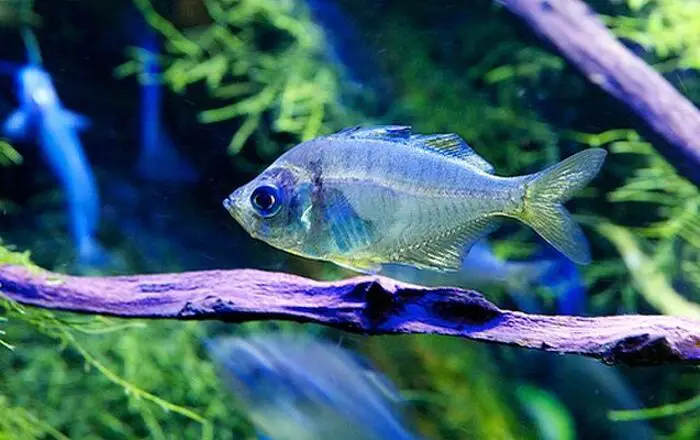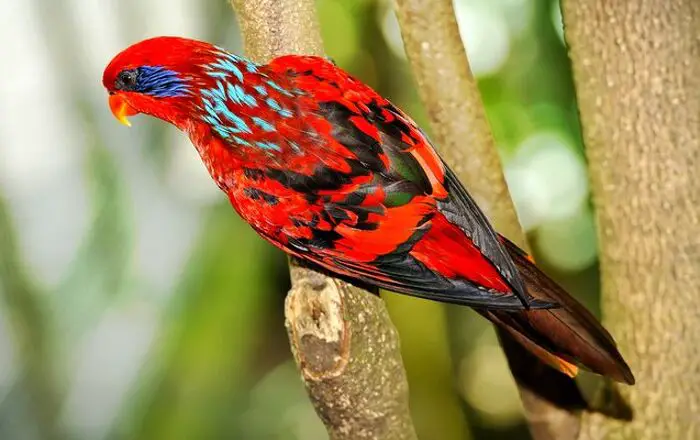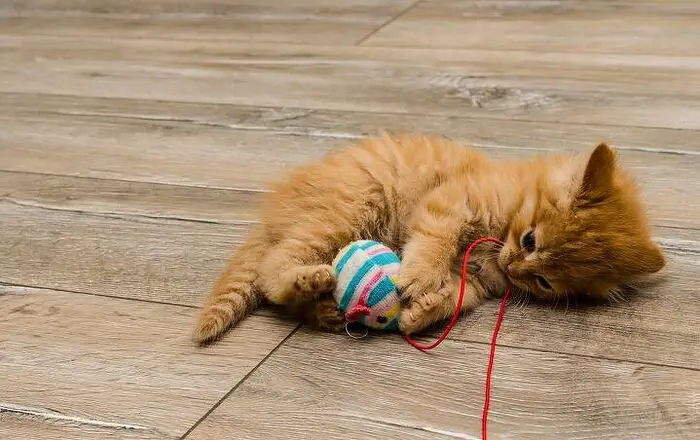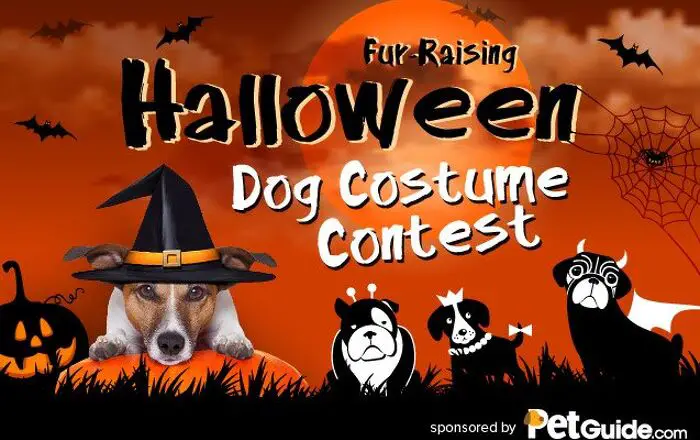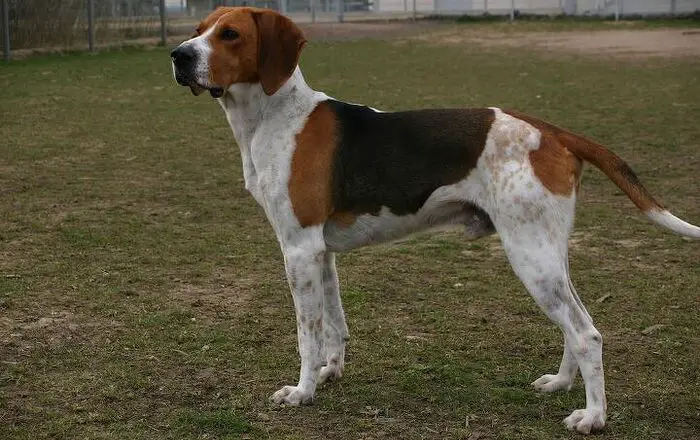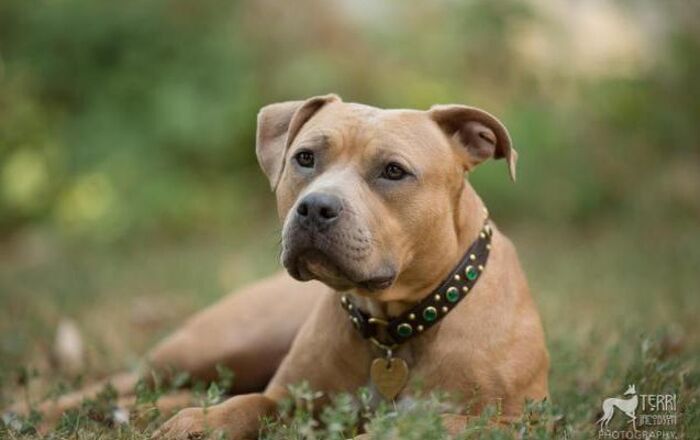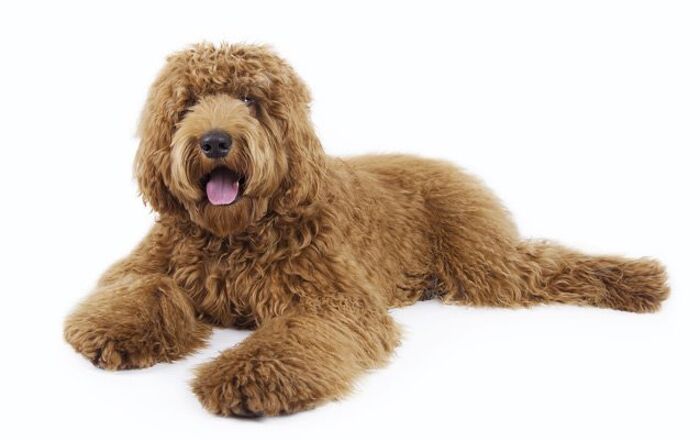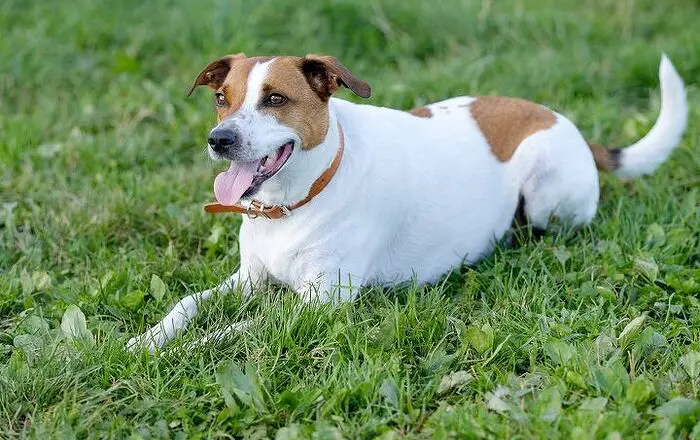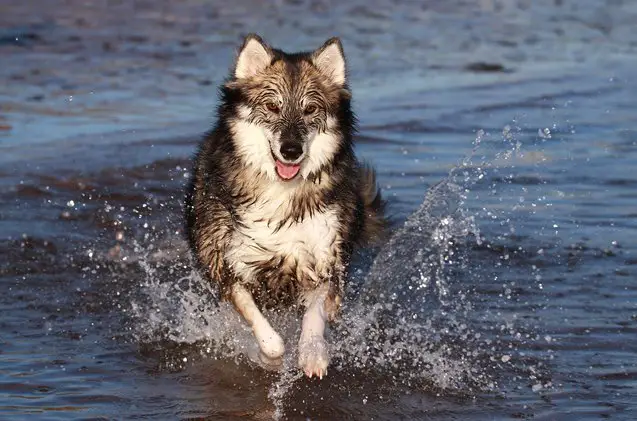
Utonagan Basics
There are many reasons why owners settle on a specific dog breed. Often it all comes down to aesthetics. Some want a dog that looks as close to a teddy bear as possible for obvious reasons. Others seek a pup that resembles like a hot dog or large rodent due to their specific taste in cuteness. Then there are the owners who want a dog that looks less like a toy and more like a predator. They essentially want to own a pet wolf without any of the inherent danger. It’s that specific type of dog owner that we’re targeting today. If you fall into that category, then you are going to love the Utonagan.
When you see the Utonagan dog breed for the first time, you might think that you are looking at a wolf. That’s no accident. In fact, the Utonagan breed was specifically developed to look like a wolf. Originally sold as a wolf hybrid, this dog is actually a mix of three distinct breeds. Despite their wild appearance, Utonagan dogs make wonderful companions and family pets, though they may be a challenge for inexperienced dog owners. This is not exactly an ideal first dog to train, requiring an owner with a very specific set of skills.
Owing to their unique parentage, largely based on working dog breeds, these hybrids require a firm hand and someone who can act as the leader of the pack. They are not aggressive dogs but they can be strong-willed and can develop behavior issues if their owners don’t work with them on time. If trained and socialized on time, Utonaganas are fantastic companions for families with children or active singles and couples. They do need a fair amount of exercise, so the wolf-dog might not be the best choice for a small apartment in the city. Farms and houses with big fenced-in backyards are dream furever homes for the Utonagan.
Do you have the right temperament to raise an Utongan right? Or is this a dog destined to walk all over you? There’s only one way to find out. Keep your eyes glued to this page and scroll away. We are about to reveal everything that there is to know about this remarkable breed of dog. By the end, you’ll either be racing out to find a Utongan breeder or researching other dogs that might be more suitable for your home.
The Utonagan breed was specifically developed to look like a wolf.
Origin
Originally known as the Wolf Dog, the Utonagan breed was developed during the 1980s by Edwina Harrison. Harrison created the breed by crossing five mixed-breed rescue dogs of unknown origin with Siberian Husky, German Shepherd, and Alaskan Malamutes. The goal of this crossing was to produce a dog that had a wild and wolf-like appearance combined with the sweet and gentle nature of a domesticated dog. Throughout the years, various breeders took to developing the breed, making sure to select the finest dogs for breeding through meticulous genetic screening for health issues. The Utonagan breed was first created (and later developed) in the United Kingdom, and has had a few name changes since its start including wolf-dog, and Northern Inuit. There are also British Utonagans, which are the result of Utonagan dogs bred to one of the founding breeds- Alaskan Malamute, German Shepherd, Siberian Husky- or a Northern Inuit dog. The breed has yet to gain any recognition from major breed clubs including the AKC, the UKC, and the British Kennel Club. It will still take a few more generations of development before any of those clubs will be willing to even consider recognizing the Utonagan.
Pedigree
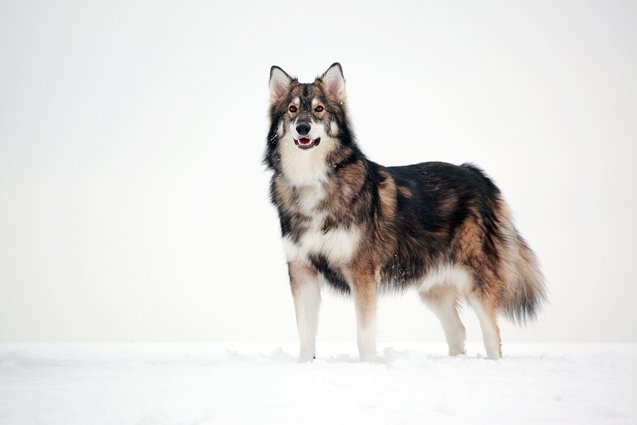
The Utonagan was developed from several mixed-breed rescue dogs crossed with Siberian Husky, German Shepherd, and Alaskan Malamutes. This is a so-called hybrid breed, and throughout multigenerational breeding, breeders managed to achieve a consistent appearance and behavior. As the Utonagan dogs are not officially recognized by any of the major canine clubs or organizations, their puppies won’t have pedigree papers. However, a reputable breeder will offer a health guarantee, or even certification from one of the smaller clubs focused on developing these dogs within certain standards. It’s worth asking your breeder for the Utonagan’s parents’ papers. A reputable breeder should at least provide those. If not, then that breeder likely shouldn’t be trusted, encouraged, or patronized.
Food/Diet
The Utonagan might look like a wolf, but he’s certainly not going to hunt down his meals. You’ll still have to serve it for him! And don’t let their “wild” looks fool you. Like all dogs, these hybrids will also require a well-balanced diet that includes meat, healthy fats, and fiber from plants. In most cases, pet owners opt for commercial dry food to meet their dog’s dietary requirements, and you can do the same for your Utonagan dog. However, it’s important to make sure you choose the right type of kibble for their unique needs.
As a large-breed dog, the Utonagan should be fed a high-quality dry food formulated for large breeds. The Utonagan is also a very active breed, so he may respond well to an active or working breed formula. Additionally, you will want to pay attention that the food is age appropriate. Utonagan puppies are fast-growing and will need a different type of food than an adult or a senior.
Alternatively, you may opt for raw food or cooking meals for your dogs. While these can be valid options to meet your dog’s dietary needs, it’s essential to talk with a vet first. Only a professional can tell you if you’re providing all the essential nutrients to your dog.
In any case, though, you need to be careful about overfeeding. Stick to manufacturer’s or veterinarian’s recommendations on the amount of food your dog needs throughout different stages of life. Obesity can be particularly hard for the Utonagan, as he is a large dog and his joints will suffer from added weight.
As always, it’s worth consulting with a veterinarian before establishing or altering your dog’s diet. While dog food manufacturers and pet blogs provide useful feeding guidelines, they are still just guidelines and won’t necessarily apply to every dog. The only person qualified to determine the specific dietary needs of your personal pooch is a vet. So always refer to expertise of your pup’s doc before making any major decisions about what to pour into the food bowl.
Despite their wild appearance, Utonagans make wonderful companions and family pets.
Training
The Utonagan was bred primarily to look like a wolf – it wasn’t developed for any specific working ability, though these dogs can be trained for many different things. This breed is highly intelligent and people-oriented, so he responds well to training. These dogs are quick to learn, but their size and their capacity for boredom may pose a challenge for inexperienced dog owners. This breed requires clear boundaries and a firm hand in leadership, however punishment and rough treatment will not be tolerated (this is closer to abuse than training). These dogs do require a good bit of training and socialization from an early age, especially if you want them to get along with other pets because they have a high prey drive. It takes a very specific type of dog owner to train and tame a Utonagan. If you are considering a Utonagan as your first dog, it might not be the wisest choice. At the very least, it might be worth considering a professional trainer to help lighten the load during those early and impressionable puppy days.
Weight
The Utonagan is a large dog, standing 23 to 30 inches tall and weighing anywhere from 55 to 110 pounds at maturity. Males of the breed tend to be larger than females.
Temperament/Behavior
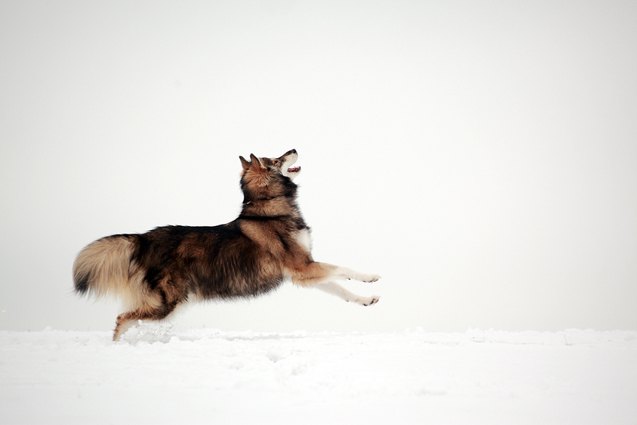
Despite its wild appearance, the Utonagan was specifically bred to be a gentle, people-loving breed. This breed has a friendly, gentle temperament and they love to spend time with family – they also have a particular love for children. These dogs are unfailingly even-tempered, though they are prone to behavioral problems if they don’t get enough mental or physical exercise. These dogs can be somewhat dominant as well, so they need an experienced dog owner who will set clear boundaries and maintain a strong position of leadership. This breed loves to spend active time with family and does very well in various dog sports.
Common Health Problems
The Utonagan is a healthy breed with a long lifespan compared to many breeds of its size. This breed is prone to several health problems, however, which may include hip dysplasia, epilepsy, Addison’s disease, von Willebrand’s disease, and various eye problems. It’s important to maintain regularly scheduled checkups with a veterinarian (especially as your pup ages into his senior years) to ensure that any potential health issues are identified and treated as early as possible.
Life Expectancy
The average lifespan for the Utonagan is between 12 to 15 years.
Exercise Requirements
Similar to the three breeds from which the Utonagan was developed, these dogs require a significant amount of daily exercise. This is not a hyperactive breed, but he does have a good bit of energy that needs to be released through a long daily walk and active playtime or free time to run in a fenced yard. If he doesn’t get enough exercise, he is highly prone to developing behavioral problems. These dogs also need plenty of mental stimulation to prevent boredom. That means that these dogs are only suitable for owners willing to dedicate significant time everyday to keep their pup well exercised and stimulated. They won’t do well as indoor dogs who are left alone for significant periods of time. They need more more attention and care than that in order to thrive.
Utonagans have a particular love for children.
Recognized Clubs
The Utonagan is not currently recognized by the AKC.
Coat
The Utonagan has a medium-long double coat that comes in various combinations of black, grey, and white. The coat is very thick with straight, smooth guard hairs in the outer coat and a soft, dense undercoat. Dogs of this breed should have a clearly defined mask and any pied or ink marked colors are not preferred. Despite the length of the Utonagan’s coat, it is easy to maintain – it only requires twice weekly brushing. The breed does blow its coat during the spring or late summer, however, which may necessitate extra grooming.
Puppies
The average litter size for the Utonagan is 4 to 8 puppies. Because it is a large breed, you need to be careful about feeding puppies so that they don’t grow too quickly. If large-breed puppies grow too fast it could put strain on the bones and joints, predisposing the dog to musculoskeletal problems as an adult. Feed your puppies a large-breed puppy formula until they reach 80% of their maximum size then switch to a large-breed adult formula or working breed formula. Do not even consider switching food before then. As puppies, they should be monitored carefully around children to ensure that there is no rough play. While Utonagans will grow into strong adult dogs, they will be quite fragile as puppies and need to be treated with gentle care.
Photo credit: dejavu/Bigstock

